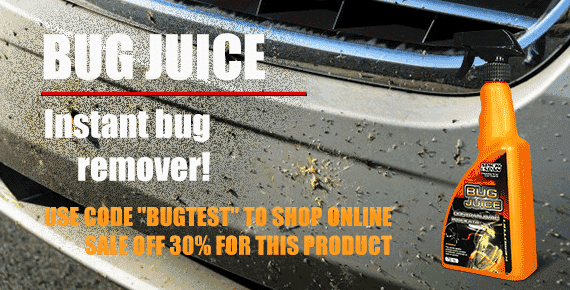So are you waiting for the lights on your car?

If you are a car lover and you are trying to keep your car in its best shape, you know for sure that every part of the car is almost equally valuable. No part should be neglected when washing the car, and sometimes other steps should be taken to bring the damaged parts to shine with a new shine. These damaged parts can very often be bright on your car. Most lights on cars are made of polycarbonate, which is actually very high quality
on and durable plastic. In contrast to glass in the light, polycarbonate is very resistant to damage from pebbles or other sharp objects that can come into contact with your car while driving. After a while, debris and scratches on your car’s lights will need to be removed. Follow the directions below for best results.
First, wash your car thoroughly to remove dirt and mud. You can also use wax to get a shiny surface. Just make sure you are at least 5 inches from the light. Once you’ve washed and dried the car, it’s time to prep the lights for cleaning. Buy an adhesive tape that will otherwise protect the parts of the sockets when painting. It is best to use tape that is different from the color of your car so as not to accidentally damage the car while cleaning the lights. You stick the tape to your car, but completely along the edge of the light. Protect anything related to the light that is not made of plastic as the goal is to get the cloudy plastic to a newer state without damaging the car. Take the time for this step and be specific. Patience will definitely pay off in this case.
Once you’ve protected the car and insulated the lights, it’s time to clean. You will need different types of sandpaper for this step. Don’t be afraid, if you cover the area around the lights, your car will not be damaged and you will sand all the cuts and tears in your headlights with sandpaper for better visibility. First soak 1000 g of sandpaper in water for 10 minutes. Then lean it against the lights and gently move back and forth in one direction across the entire surface of the light. Be careful not to scratch paint or metal on the car and proceed slowly and precisely with wet sandpaper. Do not scratch on a dry surface! Continue sanding the light-colored surface until all discoloration and scratches are removed. Feel free to wash and dry the lights to see how you progress. If everything is not sanded evenly or scratches are visible, continue sanding with wet sandpaper. When you are done with this and everything is straight with no scratches, take some wet sandpaper labeled 1500 and repeat the process, but sand in the opposite direction as in the previous step. Be patient and cross the entire surface of the light. Remember that the paper must always be wet!
After doing this very carefully, repeat the process with three different types of sandpaper, each softer than the previous one (2000, 2500, 3000). Don’t forget to soak it in water every time you sand with new paper and sand it with motions that are in the opposite direction to the previous sand.
To complete the job, use a polish that you apply to the washed glass and restore its shine. There are no more discolorations, bumps and damage. Use this light cleaning only if you see major damage and limited visibility while driving in the dark.










